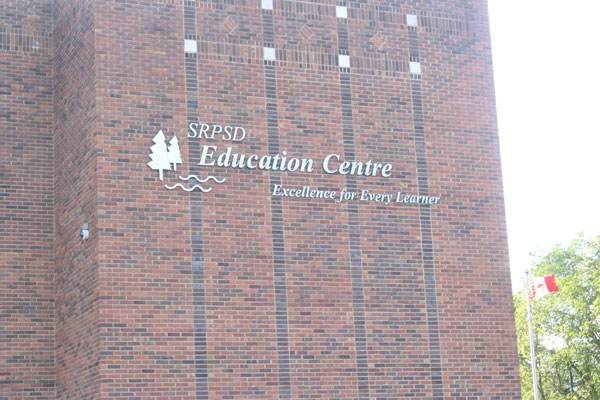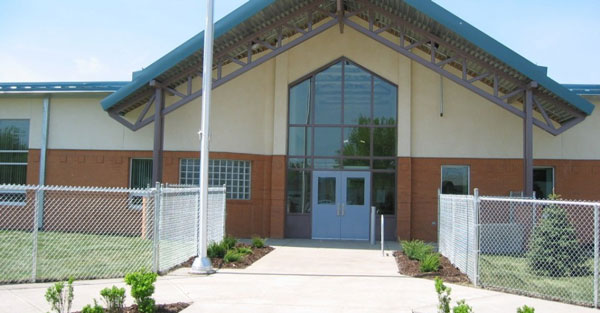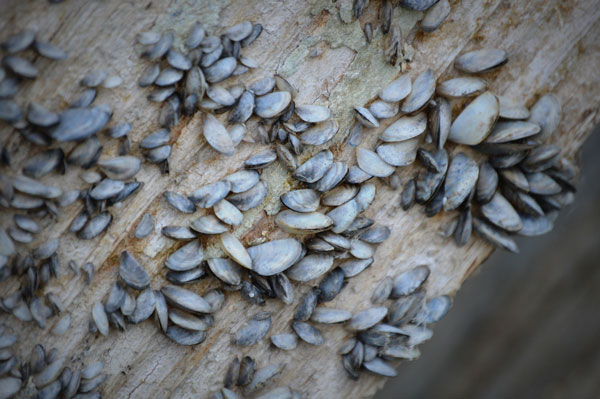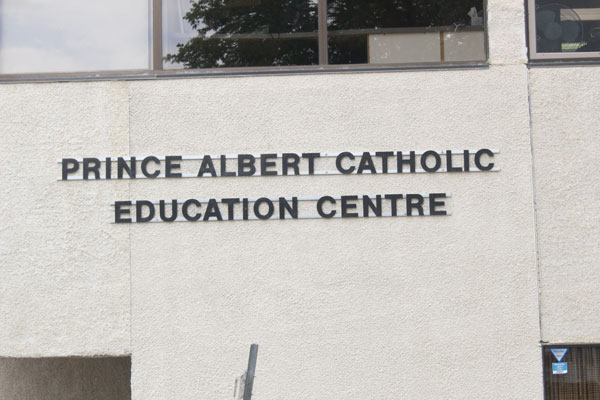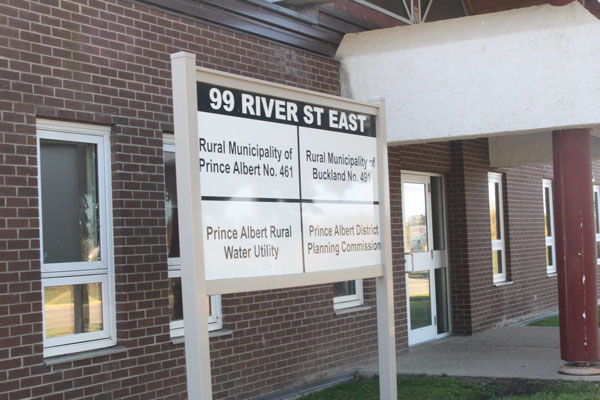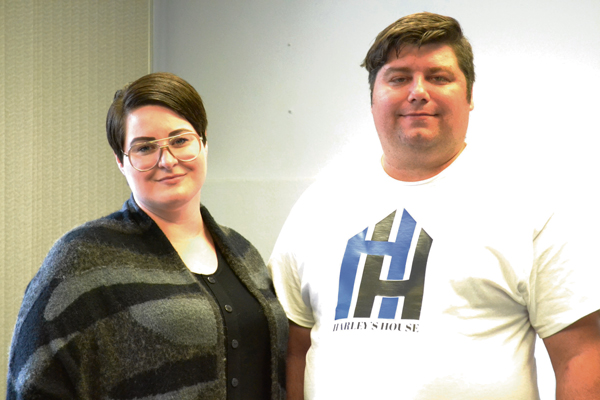A possible recognition of Pride Month in the Saskatchewan Rivers School Division has been tabled after the board of education’s regular meeting on Monday. The notice of motion by trustee Jaimie Smith-Windsor was tabled in a five to four vote in order to have further consultations.
Smith-Windsor’s recommendation in her notice of motion was that the board invite students and staff submissions for the design of the SRPSD logo in recognition and celebration of Pride, June 2021 and annually thereafter.
“I think that it’s important to recognize that our schools celebrate gender and sexual diversity and cultivate belonging and ally-ship in many different ways but the board has an opportunity also to promote safe and inclusive schools,” Smith-Windsor said in her opening.
The notice of motion was introduced at the board’s meeting on April 12. Because the motion was tabled it will be discussed at a future date when it is reintroduced to the board, that date has not been determined.
The intent of the motion according to Smith-Windsor was to affirm the commitment of the board to LBTQ plus students and staff and the core values of the division in the foundational statements. She also provided policy manual references which recognize gender and sexual diversity as well as the Ministry of Education’s policy framework on deepening discussion of gender and sexual diversity.
“I think it’s important we look at this in a virtual format this year and it would be a good ongoing practice for this school division as well. I think it’s important that all students and staff see themselves represented in and through our policies but also in this way through our logo as well,” she said.
Vice chair Darlene Rowden made the tabling motion because there was no input from students on the motion and it did not come from a student group.
“This was a discussion one time using our school division logo in pride celebrations at other ways and the board moved against it at that time. So maybe we all have different opinions and I think we need time to discuss and get the kids opinions on what should be done,” she said.
Smith-Windsor said it was pretty common practice throughout the province that there is a school division logo with the Pride design overlaid or integrated into the logo and can be used by schools or divisions to create things like shirts that staff and teachers use to celebrate pride in June and all year round.
Saskatchewan Rivers Students for Change (SRSC) trustee Emily Zbaraschuk said that the motion was briefly discussed at the last SRSC meeting but came up too late to be discussed at length. She added that there was some interest expressed.
Board chair Barry Hollick wanted to have it discussed again and to see a vote from the SRSC. According to Zbaraschuk they are not having another meeting but having an executive meeting later in May where it will be discussed and any action would have to take place next school year.
Rowden explained that when the motion was coming from a trustee rather than a student or staff group and this gave her pause
“There is no Pride parade this year because of the pandemic so maybe we just slow this down so we can all get our heads wrapped around what is wanted. I’m not sitting here saying no I’m siting here saying can we discuss this further than what we have got today,” Rowden said.
Smith-Windsor explained that the point of bringing the notice forward in April was an opportunity for trustees to engage with their communities ahead of the vote at this meeting and be able to form an opinion.
“With all due respect I think the board actually moved very quickly to snuff this out the last time it came up to the board level. And now you are saying you need more time to deal with this request and that’s a little disingenuous in my view. I would also point out that there is a point of order to use a tabling motion to shutdown debate if there is something that has come up or is unexpected, different than the original motion,” Smith-Windsor said.
Trustee Grant Gustafson also spoke in favour of the motion and saw it as done on behalf of the groups.
“This motion represents an accommodation, a valuation of a very marginalized group not just in our school division but in our community and they have made an approach before to get this kind of thing done and we turned this down,” he said.
Trustee Arne Lindberg did not like the accusation by Smith-Windsor and disagreed that it was a stalling motion but was an information motion to get feedback from students. Trustee Bill Yeaman voted for the tabling motion because he thought more time was needed to look at the motion. In discussion, trustee Alan Nunn wanted to see overall thoughts from students and to hear some different voices.
“I personally think that this is something I would agree with however if you need to hear more from students I am willing to consult with the students,” Zbaraschuk said.

